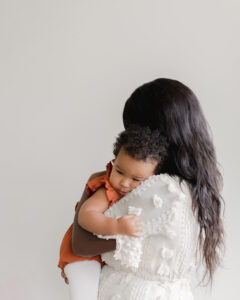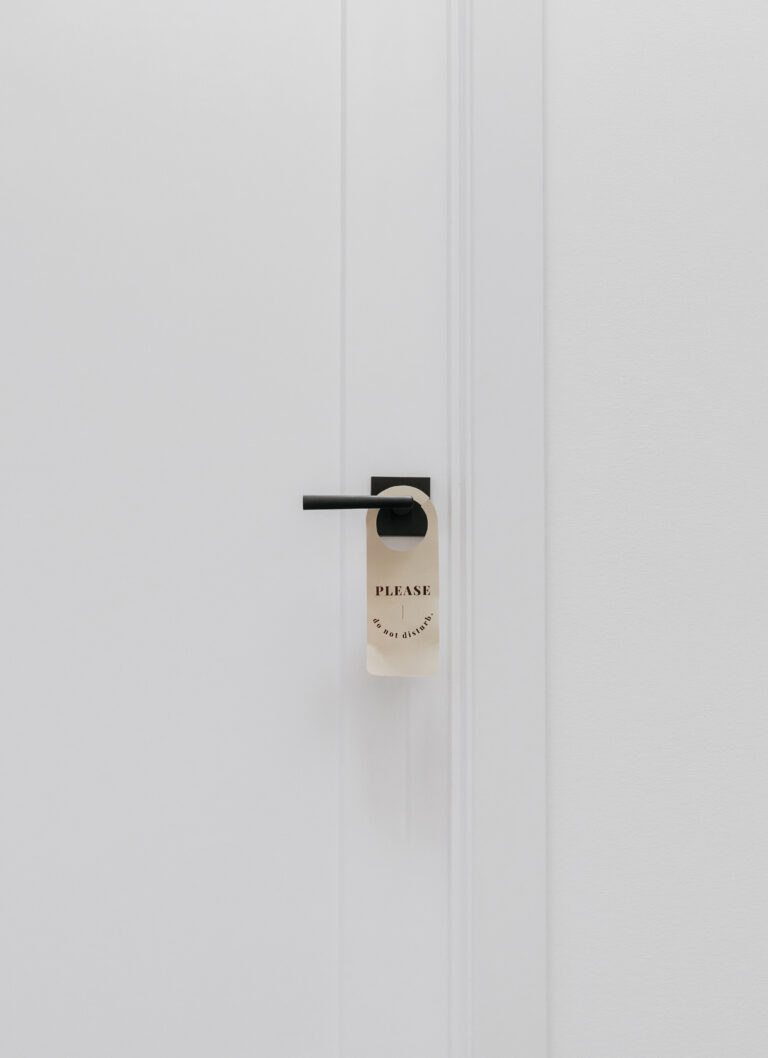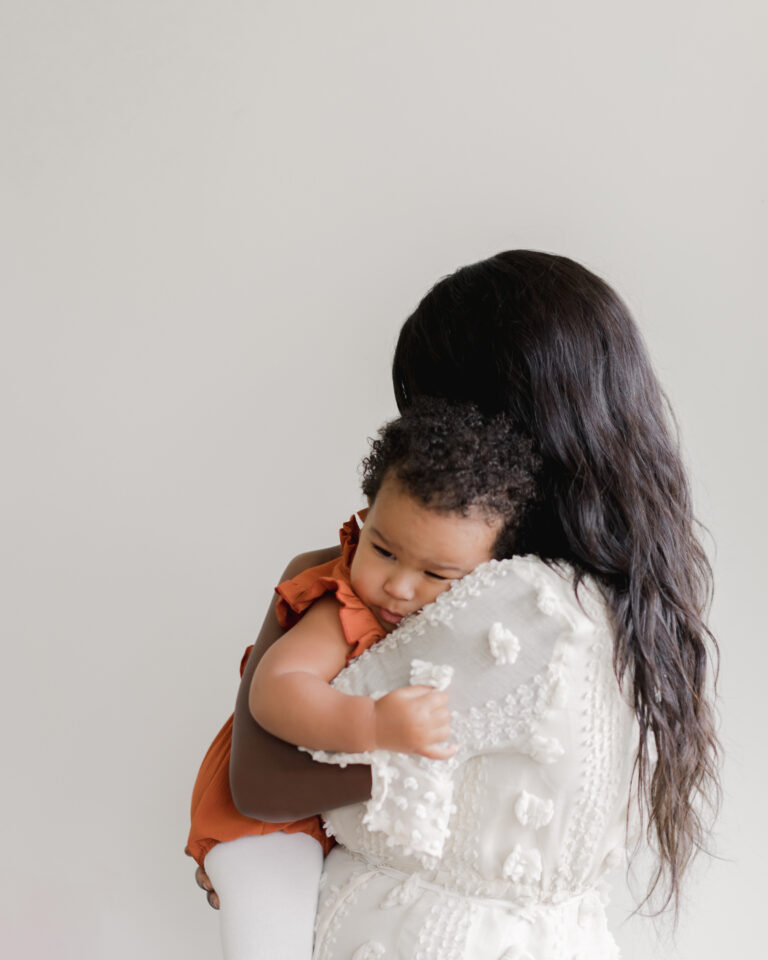Co-sleeping/bed-sharing is a common practice among many families. Most bed-sharing families fall into one of two categories:
- Parents who are reactively co-sleeping because their child doesn’t sleep any other way (These parents are looking to get their child out of their bed!)
- Parents who are co-sleeping and have no intention of stopping. It’s working for them! (These parents don’t need my help.)
I have many friends and family members who choose to bed-share and even swear by it. Some of them even have more than one child sleeping in bed with them. Power to them! Though it is not something I can sanction given the AAP’s stance on the safety risks of bed-sharing, I’m not here to stand in the way of how others choose to parent.
But if you planned on co-sleeping and it’s not working for you anymore, or if you never intended to bed-share but now you’re here, I want to share some tips to help you take back your bed and get your child sleeping peacefully in their own sleep space.
Get on the same page
It is incredibly important that you and your partner are on the same page here. If one of you secretly (or not so secretly) enjoys bed-sharing, it’s going to be really difficult to stay consistent with a change. So the first step is to make sure that you are a united front!
Set realistic expectations
Your child is probably perfectly happy bed-sharing with you, so changing things up is likely going to be met with some degree of protest and pushback.
If you have a baby or non-verbal toddler, their form of protest may be crying. If you have a verbal toddler still in a crib, they may do a lot of shouting, pleading, and negotiating. They may even try to climb out of their crib. If you have a toddler or older child in a bed, you can probably expect some midnight visitors to your room.
If you’re prepared for the struggles that often accompany sleep changes, you’ll be less likely to cave at 3 a.m. and bring your child into bed with you. Which brings me to my next tip…
Have a plan
With a plethora of information at our fingertips, you can find just about anything with a quick search on Google. But make sure to research and finalize a plan before you make a change so that you know exactly how to respond to protests at bedtime, and again at 3 a.m. It’s important to be purposeful in your intentions and consistent in your methods. The more inconsistent or wishy-washy you are, the longer it’s going to take your child to learn the new way of doing things.
If you would like guidance & support in creating and executing a plan to get your child sleeping soundly in their own crib/bed, both one-on-one coaching and Oh Baby Sleep Course are options for you!
Commit to the process
I can’t say it enough: change is hard. It doesn’t matter if it’s a change in exercise, spending, or sleep habits, change. is. hard. There are going to be times during the process that your willpower is tested, but if you make a commitment to yourself, your partner, your sleep coach, or even a friend/family member it will help keep you accountable.
Recognize small victories
Old habits die hard! Depending on how long your child has been sleeping with you, it can take some time to break old patterns and develop new habits. But remember that slow progress is still progress. Whether it’s 10 minutes less crying or one fewer night wake-up, celebrate the fact that you’re moving in the right direction.
Being a parent of a tiny human is no joke. Trying to parent a tiny human while sleep deprived is next to impossible. If you need help creating a plan, executing the plan, troubleshooting the plan, and succeeding with a plan to take back your bed, I’d love to help.














